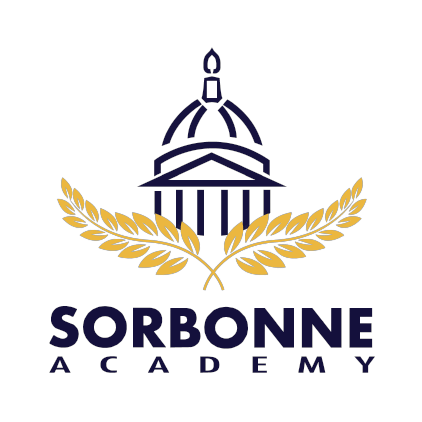Electrical Motor Installation and Protection Course
Electrical and Power Engineering

Select Other "city & date"
Electrical Motor Installation and Protection Course
Introduction:
This highly participative training course is designed to provide participants with the skills to understand how Electric Motors and their associated Motor Protection and Control Systems are applied in industrial process plants in both Non-Hazardous and Hazardous Environments (Oil & Gas, Mining and Minerals Processing and Heavy Industries).
Course Objectives:
- Undertake a detailed review of the different types of electric motors available
- Define motor if the class or not as per nameplate codes
- Reading Motors Nameplates and understand all items
- Explosion-proof motors
- Area classification as per ATEX standard
- Learn the different starting and control methods used
- Understand the requirements for electric motors in hazardous areas
- Understand the types of motor protection required for different motor types
- Understand the terms “Intelligent Motor Control” and ‘Motor Manager”
- How they are used to control and automate many motor control functions
- Learn about comprehensive electric motor maintenance programmers
Who Should Attend?
This training course is designed to provide a practical and detailed insight for personnel who are directly involved in the design, selection, installation, operation, and maintenance of electric motors; professionals and semi-professionals who have an electrical background such as project engineers and electrical engineers, and technicians.
Course Outlines:
Fundamentals of Electric Motors
- Introduction to Electrical Motors, Basic Theory, and Operation
- Types of Electric Motors
- DC
- AC Synchronous
- AC Asynchronous
- Other
- Commonly used Electric Motors in Industry
- Cast or Rotor
- Wound Rotor and Slipring
- Speed torque curves and motor starting considerations
- High Voltage Electric Motors
- Motor losses
- Motor selections based on load
- Special Motors (Mill Drives, Gas Turbine Helper Motors, etc.)
Electric Motor Control and Hazardous Area Requirements
- Motor Control Methods and Techniques
- DOL
- Reduced Voltage Start by different techniques
- Variable Speed Drives
- PLC controlled
- Area classification as per ATEX standard
- EXd and EX ed Motors
- Motors Classified for use in Hazardous Areas
- Gland installation and cabling for EX motors
Electric Motor Bearings, Efficiency, and Harmonics
- Motor Bearings – Design and Types, Plain, Roller and Sleeve, Lubrication.
- THD (total harmonic distortion measurements)
- Explain K factor
- Power quality improvement to increase efficiency
- Power factor correction different methods
- Energy Efficiency of Motors
- Harmonics in Motors from VSDs or other sources
Electric Motor Protection
- Motor Protection Requirements – General
- ANSI code for motor protection
- Using multifunction protection relay (practical session using the simulator)
- Motor Stall, Acceleration and Running Thermal Limit Curves
- Motor Thermal Capacity and How it is Evaluated in Motor Protection Devices
- Motor Managers and Intelligent Motor Control
Electric Motor Maintenance and Repair
- Preventative Maintenance, Corrective Maintenance, and Maintenance Planning
- On-Line Testing of Motors Using Current Signature Analysis can detect:
- Rotor defects
- Stator Problems
- Bearing Problems
- Air Gap Problems
- Off-line Static testing to evaluate:
- Stator Condition
- Rotor Health
- Air Gap Anomalies
- Power Circuit Faults
- Motor Insulation Health
- Predictive Maintenance using PD , infrared Camera
- Cable selection and voltage drop calculation
- FMEA and RBI
- Repair or Replacement Decisions, Motor Repair







